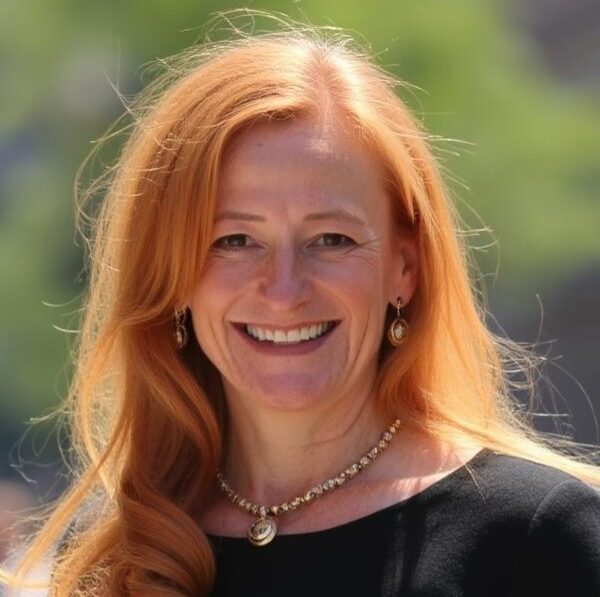I have devoted my life to public education as a teacher, principal, and now trustee. Serving students, families, and communities has been my greatest privilege. With decades of experience in classrooms and schools, and as a current trustee and former Board Vice-Chair, I bring a deep understanding of the opportunities and challenges facing our system. I am committed to advocating for well-resourced schools and safe, welcoming learning environments where every student can thrive. I believe in working collaboratively with families, staff, and community partners to ensure decisions reflect both evidence and the lived experiences of those we serve.
Statement of beliefs
I believe strong public education is the cornerstone of a fair and prosperous society. Public education must be adequately funded, equitably accessible, and inclusive of all students, regardless of background or circumstance. I believe trustees are elected to govern with integrity, listen carefully to communities, and advocate for resources that allow students and staff to succeed. I also believe in supporting teachers, staff, and leaders with the tools, spaces, and time they need to do their work well. Above all, I believe in keeping students at the centre of every decision.
Priority areas
Adequate, sustainable, and predictable funding
Infrastructure: new, modernized, and well-maintained learning spaces
Student and staff well-being
Views on funding
Alberta’s public education system is underfunded. Too often, school boards are asked to do more with less—stretching limited dollars to cover growing enrolment, inflation, and complex student needs. The provincial government has the responsibility to provide adequate, predictable funding that keeps pace with enrolment and ensures equity across communities. School boards play a vital role in advocating for fair funding, allocating resources responsibly, and making decisions that reflect local needs. Trustees are closest to their communities, and their role is to ensure every dollar is directed to student learning and supports. Sustainable, transparent funding is essential for stability and planning.
How learning conditions can be improved
Learning conditions improve when classrooms are adequately resourced, class sizes are manageable, and schools have access to specialized supports such as counsellors, educational assistants, and mental health services. Investments in modern, safe, and accessible learning spaces also make a significant difference. Beyond funding, school boards can improve conditions by fostering collaborative cultures where teachers and staff are heard and supported. Building strong relationships with families and communities also enhances student success. Ultimately, improving conditions means ensuring every child feels safe, valued, and capable of reaching their potential.
How trustees and school boards can best support teachers
Trustees and school boards can best support teachers by ensuring they have the resources and time to meet student needs. This includes advocating for smaller class sizes, adequate funding for classroom materials, and more support staff in schools. Trustees must also respect teachers’ professional expertise, listen to their voices, and collaborate with their associations. Supporting teacher well-being—through policies that promote work-life balance and mental health resources—is equally important. When teachers are valued, supported, and trusted, students benefit.
Views on the new K-6 curriculum
The current K-6 curriculum has raised significant concerns from educators, parents, and experts. Many feel it was developed without adequate consultation, lacks age-appropriateness in some areas, and is overly prescriptive. Curriculum should be rooted in evidence-based practice, developed collaboratively with teachers, and reflect the diverse realities of today’s learners. While parts of the curriculum may be an improvement, it requires thoughtful revision and implementation. Trustees should continue advocating for a curriculum that is engaging, inclusive, and prepares students with the skills they need for the future.

